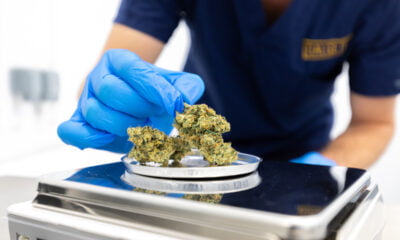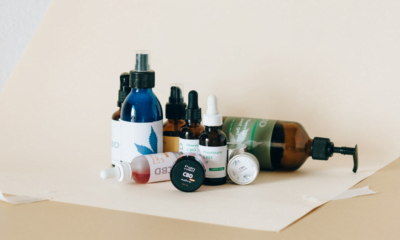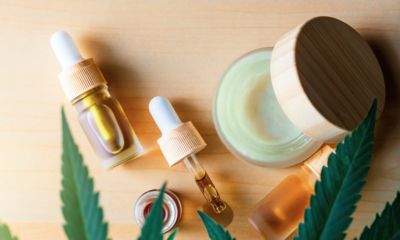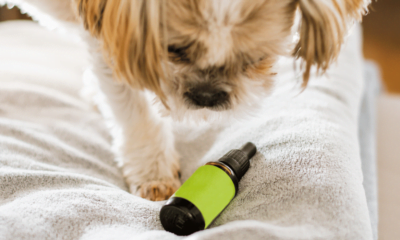CBD is becoming a popular tool for pain management, but with so many options out there, how do you know where to start?
With research constantly emerging to support the health benefits of CBD, more and more people are turning to the remedy – especially when it comes to alleviating pain and discomfort.
But how does it actually work? There are several ways to take CBD, each offering various pros and cons – we’ve rounded up some of the best methods.

Get topical
In terms of pain relief, one of the most common methods is on the skin. Topical products like lotions and balms can be applied to skin over painful joints or bones and are particularly effective when used to relieve symptoms of arthritis.
However, research is still ongoing to determine whether these products deliver CBD below the skin. It is also difficult to pinpoint the exact effect CBD delivers – with many including common over-the-counter ingredients such as menthol, capsaicin and camphor, it’s uncertain whether the positive relief is solely due to CBD, or if these other ingredients play a significant role.
Several studies have hailed CBD oil as one of the most helpful methods when it comes to relieving pain symptoms, especially when combined with other forms such as topicals.
Medical nutritionist and health author Dr Sarah Brewer said: “Cannabidiol oil has direct effects on the endocannabinoid system in the brain. This enhances the effects of other brain chemicals, such as serotonin and anandamide, to reduce pain perception. It is also a powerful antioxidant which suppresses inflammation.”
Something to digest
Another well-known method for using CBD is by mouth. Whether in capsules, food or liquid, CBD that is swallowed is absorbed through the digestive tract.
Despite its popularity, this method does have its downfalls. Absorption is slow and dosing can be tricky due to the delayed onset of effect (it can take one to two hours to fully have an impact), plus many believe there isn’t enough research into how recent meals and other factors affect consumption.
But it has been widely reported that after a safe and effective dose has been established, capsules can work for daily use.
While it may not taste particularly pleasant, CBD can also be effectively absorbed directly into the bloodstream by holding liquid from a spray or dropper under the tongue. Research shows effects can the be felt in as little as a few minutes.
Give the vapors
CBD can also be inhaled via a vaporising, ‘vape’ pen. However, it’s possible that inhalation can carry unknown risks, particularly in those with respiratory issues and ailments such as inflammatory arthritis, and so isn’t widely recommended as a method for use.
With all methods, the common downfall is wavering dosage guidelines. Measures can change depending on a number of factors including age, weight and reason for use, however resounding guidance from experts is to ‘go low and slow’. Start with just a few milligrams twice a day, and if relief is inadequate after one week, increase the dose by the same amount, in small increments over several weeks if needed.
It’s clear that more research is needed to determine exact details into these methods, but this is only set to increase as the number of people turning to CBD for pain relief continues to grow.

 Industry6 months ago
Industry6 months ago
 News6 months ago
News6 months ago
 News6 months ago
News6 months ago
 News6 months ago
News6 months ago
 Science5 months ago
Science5 months ago
 Industry5 months ago
Industry5 months ago
 News5 months ago
News5 months ago
 Patients6 months ago
Patients6 months ago













